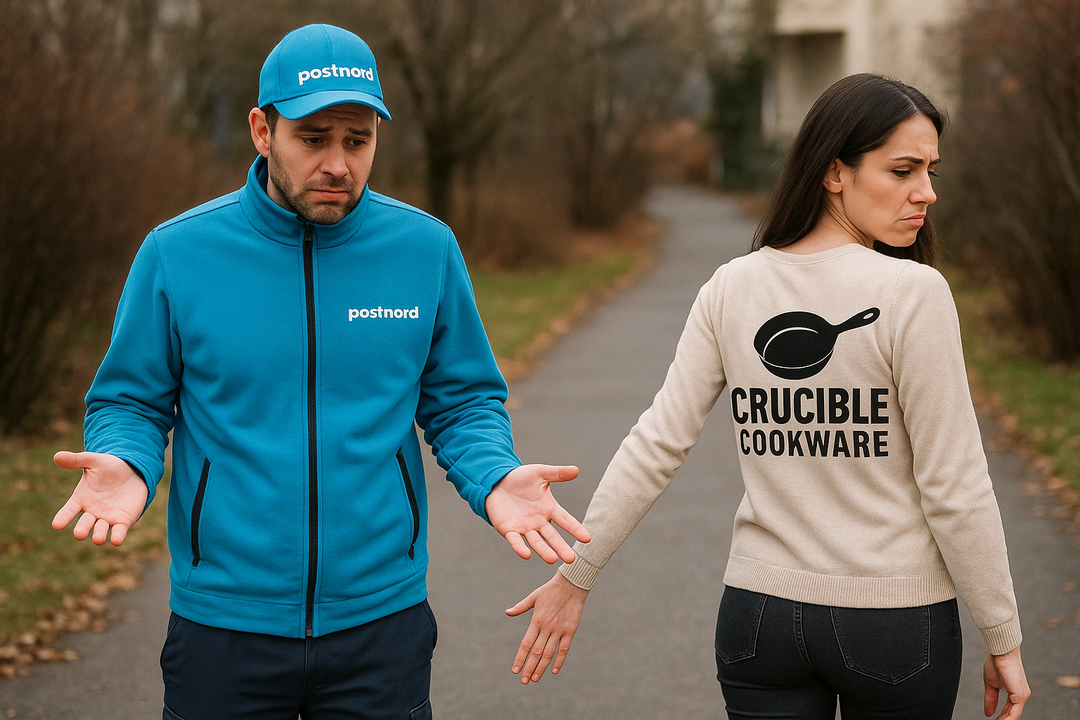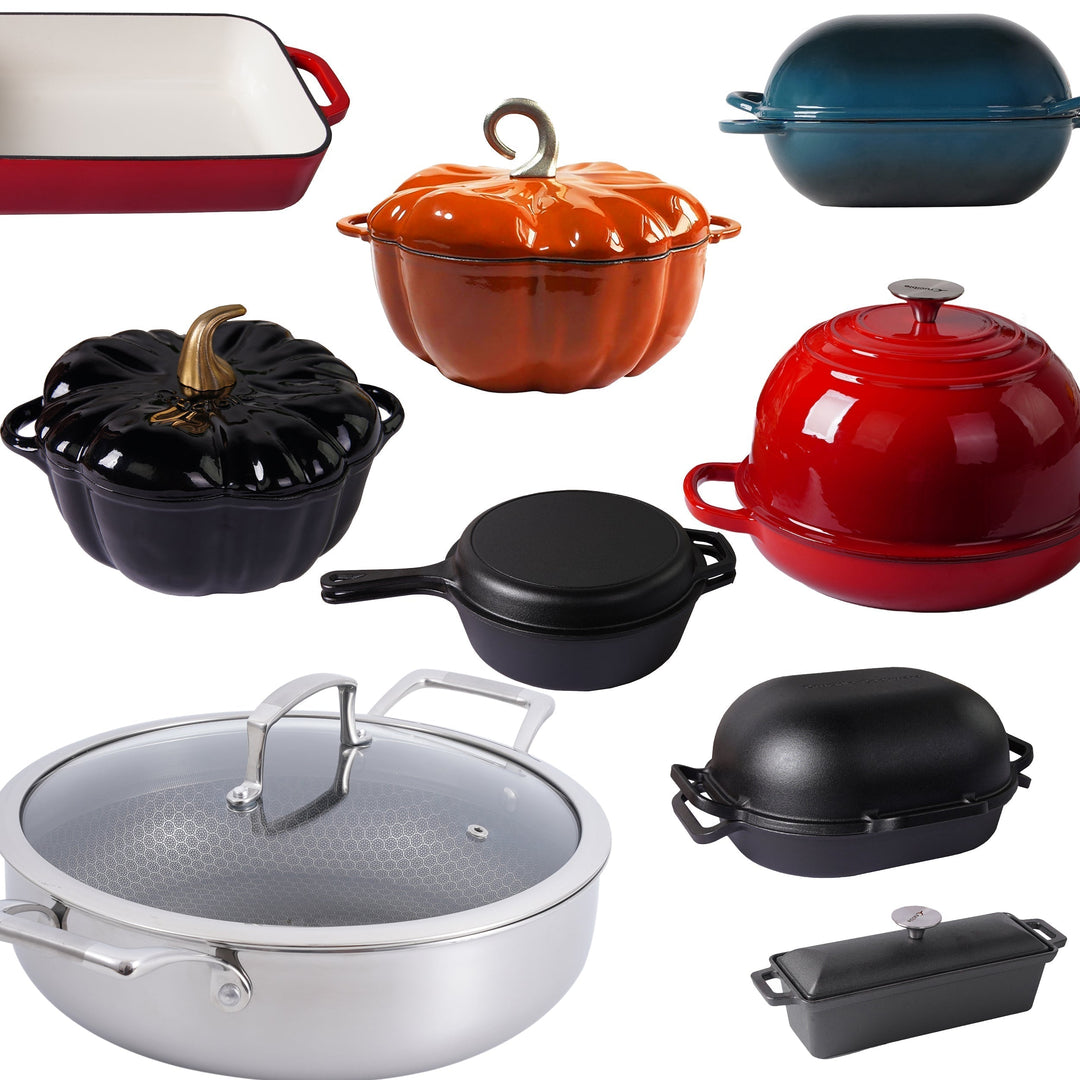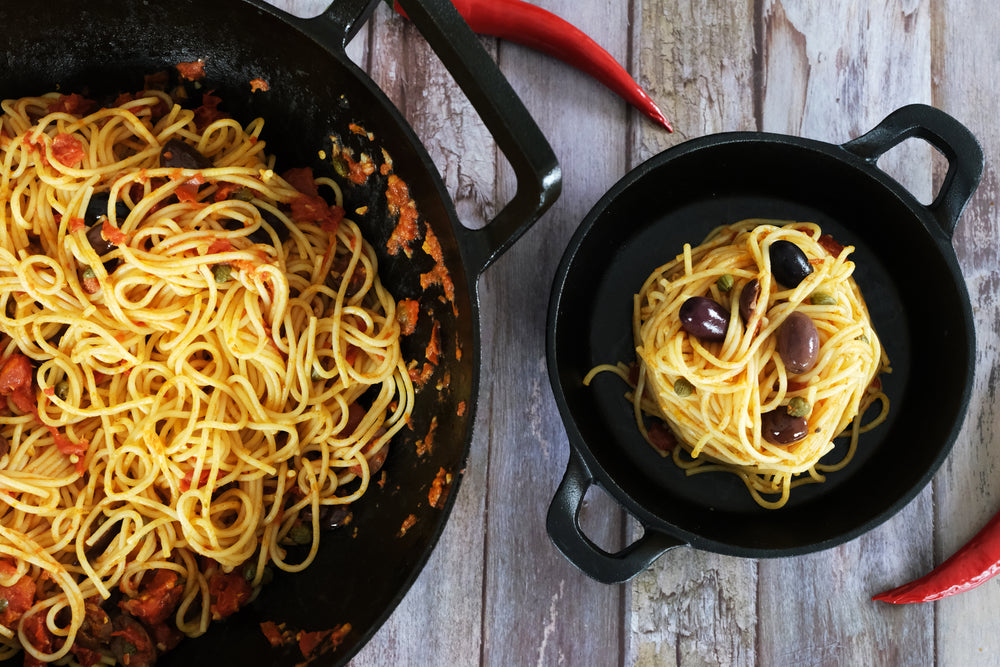Salmon: A Versatile and Nutritious Fish for Healthy Cooking

Salmon is a nutritious and flavorful fish that is enjoyed by many people around the world. It is rich in omega-3 fatty acids, protein, vitamins, and minerals, making it a great addition to any diet. Additionally, it is versatile and can be cooked in many different ways, making it a favorite among chefs and home cooks alike.
Salmon is found in both the Pacific and Atlantic oceans, and it is fished in many countries around the world. In the Pacific, salmon is primarily fished in Alaska, Canada, Russia, and Japan. In the Atlantic, salmon is fished in Norway, Scotland, Iceland, and Canada.
The majority of salmon sold in the United States is wild-caught from Alaska. Alaska is home to five different species of salmon: king (also known as Chinook), sockeye, coho, pink, and chum. These salmon species are sustainably managed, which means that the fishing practices used are designed to protect the environment and ensure the long-term health of the fish populations.
Salmon can also be farmed, which means that it is raised in a controlled environment rather than caught in the wild. Salmon farming is primarily done in Norway, Scotland, and Chile, although there are some farms located in the United States and other countries as well. While farmed salmon can be a good source of omega-3 fatty acids and protein, it is important to choose salmon that is sustainably farmed and free from antibiotics and other harmful chemicals.
When purchasing salmon, it is important to pay attention to where it was caught or farmed, as well as how it was caught or raised. By choosing sustainably caught or farmed salmon, you can ensure that you are supporting responsible fishing practices and protecting the environment.
Health Benefits of Salmon
Salmon is an excellent source of omega-3 fatty acids, which are essential for maintaining heart health, reducing inflammation, and improving brain function. It is also high in protein, which is important for muscle growth and repair. Additionally, salmon contains vitamin B12, vitamin D, and selenium, which play important roles in overall health.

Ways to Cook Salmon
There are many ways to cook salmon, including baking, grilling, broiling, pan-searing, and poaching. Each method has its own unique benefits and can be used to create a wide range of delicious dishes.
Baking: Baking salmon is a simple and easy way to cook it. Preheat the oven to 375°F/190°C, place the salmon fillets on a baking sheet lined with parchment paper, and bake for 12-15 minutes, or until the fish is cooked through.
Grilling: Grilling salmon gives it a smoky flavor and crispy exterior. Preheat the grill to medium-high heat, lightly oil the grates, and place the salmon fillets on the grill. Grill for 4-6 minutes per side, or until the fish is cooked through.
Broiling: Broiling is a quick and easy way to cook salmon. Preheat the broiler to high, place the salmon fillets on a baking sheet lined with parchment paper, and broil for 4-6 minutes per side, or until the fish is cooked through.
Pan-Searing: Pan-searing salmon gives it a crispy exterior and tender interior. Heat a cast iron skillet over medium-high heat, add a small amount of oil, and place the salmon fillets in the pan. Cook for 3-4 minutes per side, or until the fish is cooked through.
Poaching: Poaching salmon is a gentle cooking method that results in a tender and moist fish. Fill a large pot with water, add herbs and spices, and bring to a simmer. Add the salmon fillets and cook for 5-7 minutes, or until the fish is cooked through.

Cookware for Cooking Salmon
When cooking salmon, it is important to use the right cookware to ensure that the fish is cooked evenly and doesn't stick to the pan. Nonstick skillets are a great option for pan-searing salmon, as they prevent the fish from sticking and make cleanup easy. When baking or broiling salmon, it is important to use a baking sheet lined with parchment paper to prevent the fish from sticking and ensure even cooking. For grilling, a grilling basket or a piece of aluminum foil can be used to prevent the salmon from sticking to the grill grates.

In conclusion, salmon is a nutritious and versatile fish that can be cooked in many different ways. Whether you prefer baking, grilling, broiling, pan-searing, or poaching, there is a cooking method that will suit your tastes and preferences. By using the right cookware, you can ensure that your salmon is cooked evenly and doesn't stick to the pan, making it a delicious and healthy addition to any meal.
















Leave a comment